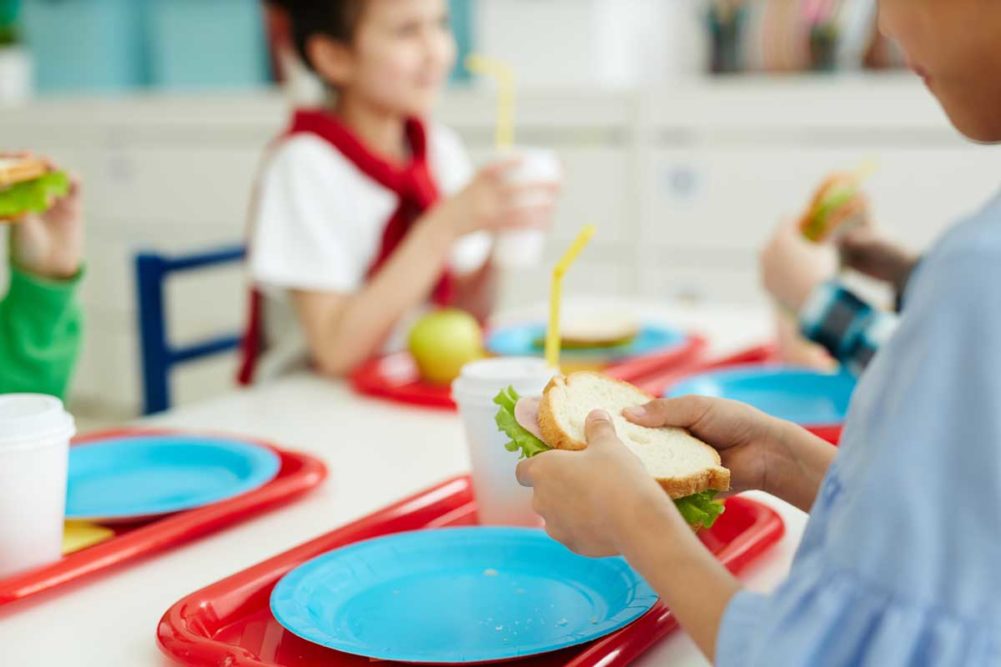 Keeping supermarket shelves filled during the early weeks of the coronavirus pandemic required phenomenal effort by the consumer packaged foods industry working to accommodate an unprecedented spike in at-home eating. To whatever degree the “crisis mode” at food manufacturers, including bakers, has eased from March and April, a new wave of uncertainty connected with the pandemic has emerged.
Keeping supermarket shelves filled during the early weeks of the coronavirus pandemic required phenomenal effort by the consumer packaged foods industry working to accommodate an unprecedented spike in at-home eating. To whatever degree the “crisis mode” at food manufacturers, including bakers, has eased from March and April, a new wave of uncertainty connected with the pandemic has emerged.
Questions about school reopenings loomed as a major national issue throughout the summer, and with the start of the school year at hand, those questions have not been definitively answered. Since July, New York City public schools have planned to reopen with a mix of in-person and remote learning. Last week, Chicago announced the school year would begin with online-only classes as a result of a rising number of cases there. Many universities only now are informing students of protocols for the return to school. How reopenings are handled has major implications for grain-based foods.
In the spring, bakers pivoted when foodservice and institutional demand for baked foods suddenly evaporated. Going into the fall, the industry faces what could be even more difficult – a highly variable and uncertain situation. There is a major difference for food suppliers between whether a school operates remotely, in a hybrid (in-person and remote mix) model or in-person. What could pose a nearly insurmountable problem would be not knowing which model will be in place from one week to the next. Even as hopes rise for a vaccine and an end to the pandemic, the immediate future will be full of challenges.





